By Allan T. Duffin
Imagine thousands of bats—silent, gray-furred, vigilant—huddled in the rafters of your home or office, each carrying a tiny device no larger than a thimble. Suddenly the devices explode, one after the other, engulfing everything in a ball of flame. In a matter of minutes, entire buildings are incinerated, leaving behind only scattered mounds of charred wood and piles of ash.
While this description sounds torn from the pages of a particularly far-fetched science fiction novel, it’s closer to reality than one might think. During World War II, a quirky inventor proposed that one million bats be gathered from caves in Texas, strapped with napalm incendiaries, and packed 1,000 at a time into cluster-like bombs. Dropped from American aircraft over Japan, the bombs would fall to a predetermined altitude, then release the bats to roost in the paper-and-wood buildings below. A timing device would trigger the bombs, setting the napalm aflame and incinerating entire Japanese cities.
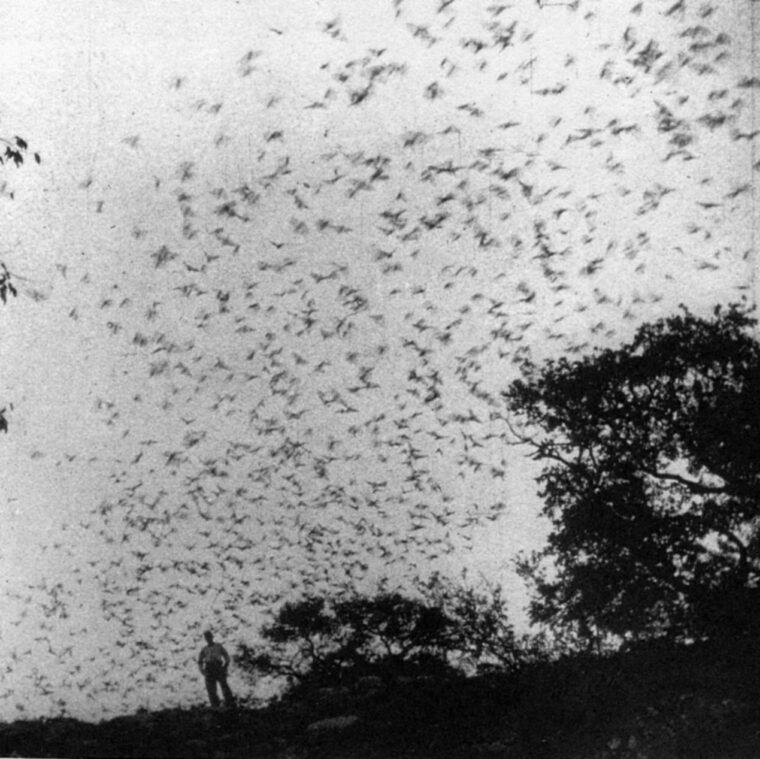
A Dentist’s Dramatic Idea
The man who suggested that imaginative scenario to the American government in 1942 was neither a chemist nor an expert in ordnance. Lytle “Doc” Adams was a dental surgeon and part-time inventor from Irwin, Pennsylvania. When he wasn’t poring over mouthfuls of teeth, Adams was perched at a drawing board, generating concepts both wild and practical. At the 1934 Century of Progress Exposition in Chicago, Adams demonstrated an airborne mechanism that picked up and dropped off bags of mail using a ground-based hook-and-cable snaring device. The airplane carrying the mail would stay aloft, never needing to touch the ground. The unique mail delivery did not catch on.
The advent of World War II sent Adams’s imagination into overdrive. He was mulling over how he could contribute to the war effort when a visit to the bat-infested Carlsbad Caverns in New Mexico triggered a fresh idea: “[I] had been tremendously impressed by the bat flight,” he later recalled. “Couldn’t those millions of bats be fitted with incendiary bombs and dropped from planes? What could be more devastating than such a firebomb attack?”
In mid-January 1942, Adams fired off a letter to President Franklin Roosevelt. “Dear Mr. President,” wrote Adams, “I attach hereto a proposal designed to frighten, demoralize, and excite the prejudices of the people of the Japanese Empire.” Outlining what he called a “practical, inexpensive, and effective plan,” Adams theorized that airplanes could carry millions of the winged “fire starters” to their targets. An intrigued Roosevelt pegged the concept worth pursuing. In an interagency memorandum, he wrote: “This man is not a nut. It sounds like a perfectly wild idea but is worth looking into.” The government’s interest in Adams’s seemingly cockamamie idea was not surprising. After all, the same government was researching pigeon-controlled missiles and bombs triggered by atomic chain reactions. In the heat of wartime, anything that sounded even halfway feasible was at least taken under advisement.
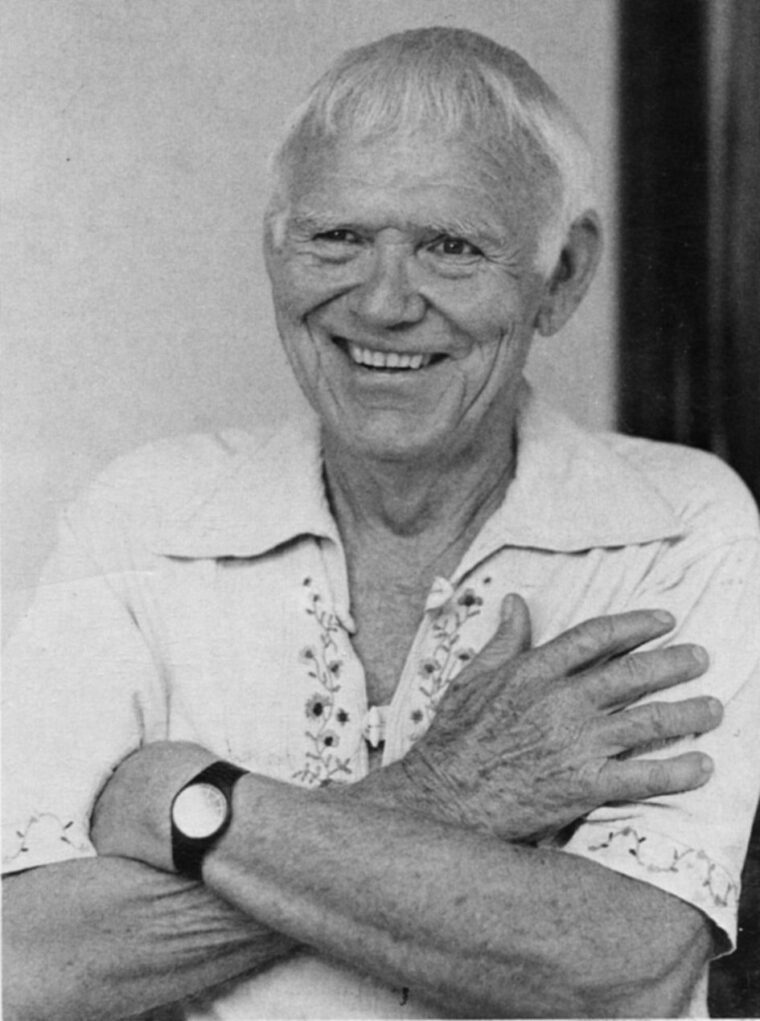
After due consideration, the government green-lighted the project and assigned oversight duties to the Army Air Force. Adams swiftly assembled a ragtag team of researchers that rivaled any group of comic-book heroes. In addition to Dr. Jack von Bloeker, a mammalogist from the Los Angeles County Museum, there was a pilot turned movie actor, 24-year-old Lieutenant Tim Holt; the brothers Bobby and Eddie Herrold, an ex-hotel manager and workout king, respectively; ex-gangster Patricio “Patsy” Batista, who claimed to have worked for Al Capone; another set of brothers, the unassuming Frank and Mark Benish; and Ray Williams, a lobster fisherman turned Marine. Rounding out this distinctly odd group were two high school student assistants from von Bloeker’s laboratory, Jack Couffer and Harry Fletcher. Most of the team members enlisted in the Air Force for the duration of the project. Adams, well aware of the prestige and political value of military rank, unilaterally promoted many of his team to “acting” noncommissioned officer status. Harvard chemist Dr. Theodore Fieser, the inventor of napalm, would join the team later.
An Eclectic Bunch
Adams’s hiring practices were as eccentric as the man himself. Experienced scientists like von Bloeker and Fieser, trained assistants like Fletcher and Couffer—these selections made perfect sense from a research perspective. But what about a lobster fisherman and a mafia wheel man? “I think Doc Adams picked them because he felt that they would be loyal to him,” recalled Jack Couffer. “He chose them more for personality than technical expertise. It was a very oddball team.” Couffer, who would later write about the project in his 1992 book, Bat Bomb, remembered Adams as “a very appealing character. He was always happy, always jolly, and able to talk to anybody and immediately engage them. He could talk to some old desert rat as quickly as a major general and win him over. That’s why I think he succeeded in getting anybody to listen to his crazy idea.”
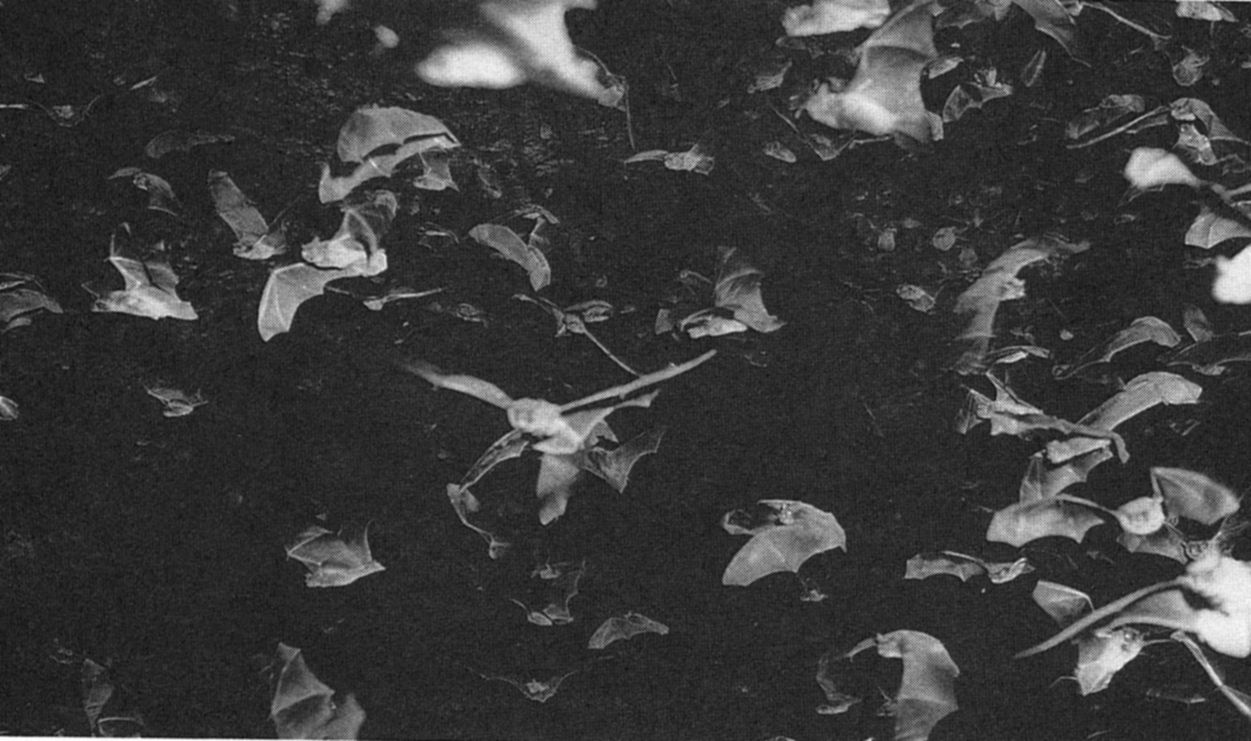
Couffer’s introduction to Adams and the bat bomb project was pure Hollywood. “Adams untied a frayed rope from around a worn-out leather briefcase and dove into the interior,” Couffer recalled. “He pulled forth a document and flashed its red stamped notice with the word ‘Secret’ conspicuously emblazoned in the margin. ‘Can’t let you read this,’ he mumbled, implying far more textual content than there was, ‘but it’s my letter of authority from the Great Man himself.” While President Roosevelt’s communiqué was certainly impressive, Couffer also knew that with the war under way and his 18th birthday approaching, he would soon be receiving another communication from the government—this time, from his draft board. Why not contribute to the war effort by participating in a covert government project? Couffer reasoned. He signed up for the project immediately.
Choosing the Bats and the Bombs
Adams’s workers plunged headfirst into their research, tackling a tricky series of challenges on their way to constructing a functional bat bomb. The bats would need to be chilled to force them into hibernation while they were transported by airplane to the target area, then awakened just in time to swoop down into the enemy cities before their time-triggered bombs detonated. Basic questions begged for answers: How far? How fast? How cold? And what kind of miniature bomb would fit on a bat?
At first glance, attaching tiny incendiary devices to unoffending bats might seem abusive to current sensibilities. But in the climate of the time, sacrifice was paramount, and the bats were needed for the war effort. “The idea of killing a million bats wouldn’t fly very far today,” acknowledged Couffer, “and it wouldn’t have flown very far back then, except for those extraordinary circumstances. It was a time when the war meant everything, and everyone was involved in it one way or another.” Adams’s research team felt the potential loss of bat lives more acutely than anyone else, Couffer added, but they rationalized that “a million bat bombs could save a million lives.”
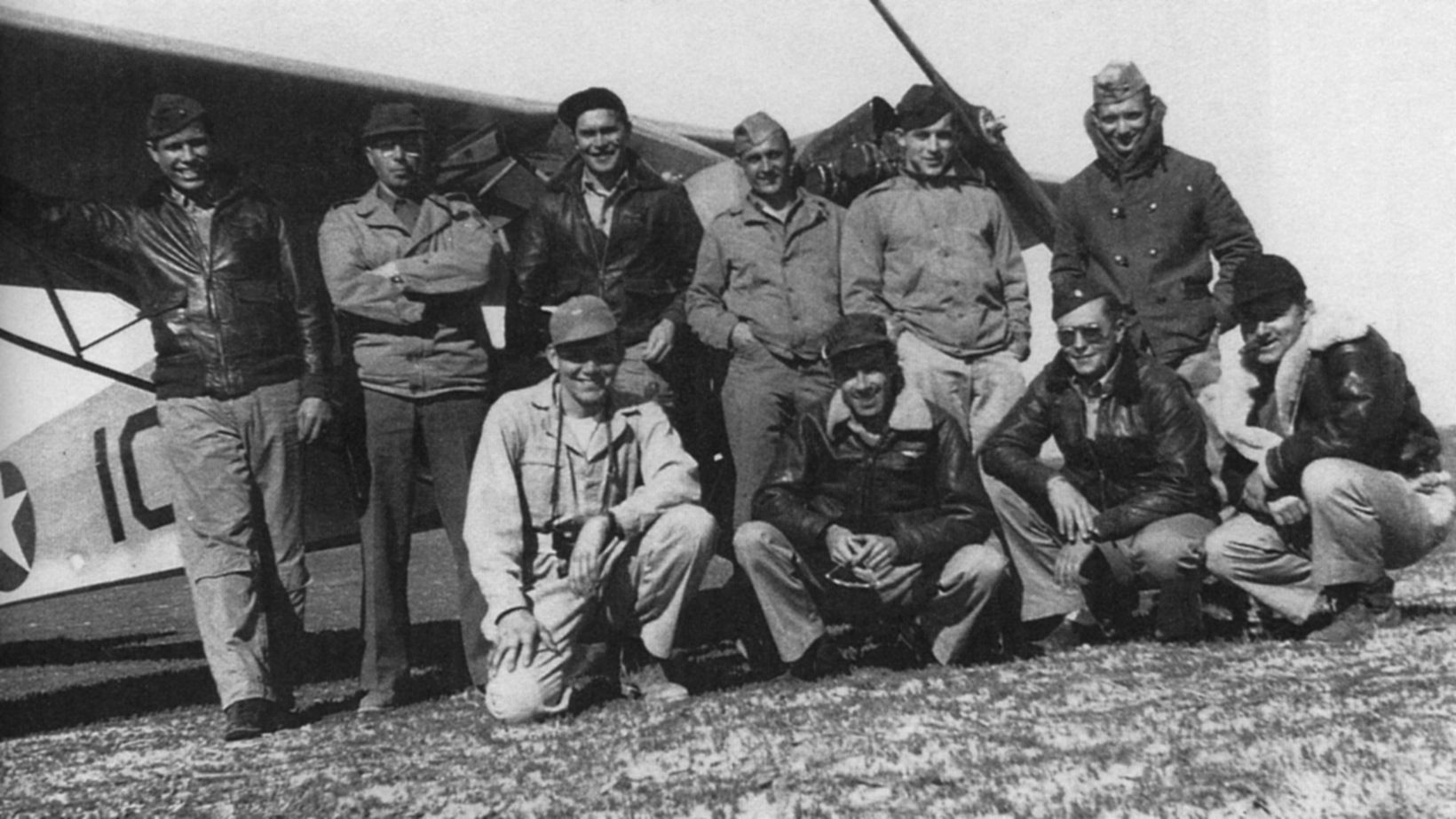
After rigorously testing several species, Adams and his crew settled on the Mexican free-tailed bat to carry their incendiaries. Largely concentrated in New Mexico and Texas, the free-tailed bat population numbered variously from 50 to 100 million. Nearly nine million of them were thought to reside in Carlsbad Caverns in New Mexico, the original inspiration for Adams’s bat bomb concept. Since the caverns were located in territory overseen by the United States Park Service, Adams had to receive special permission to venture into the caves and harvest large batches of the creatures.
Back at the team’s laboratory, Fieser replaced the original incendiary, white phosphorus, with his own invention, napalm. Both were highly volatile. White phosphorus sparked into flame upon contact with oxygen. Napalm, a jellied gasoline, was safer to handle and burned more coolly than white phosphorus. Tests demonstrated that the half-ounce bats could each carry a payload of between 15 and 18 grams. Using Adams’s initial notes, Fieser fashioned a napalm-filled cellulose capsule that he called the H-2 unit. “The incendiary was little, about as big as my forefinger to the second joint,” noted Couffer.
Next came an altogether different question: how would each bat wear its bomb? After experimenting with different options, the team settled on a simple tactic: an adhesive was used to glue the incendiaries to the bats’ breasts. The bomb carrier, a five-foot-long sheet metal tube, held 1,040 bats in 26 round trays, each approximately 30 inches in diameter. As Couffer recalled, “We then loaded what we called the ‘armed bats’ into the bomb carrier, which was like putting eggs into an egg crate and closing it up.” During bomb drops, the bomb carrier would plummet to an altitude of 4,000 feet and drop a parachute, slowing its descent as the sides blew apart and the bats fluttered out to descend on the unsuspecting enemy city below.
Theorizing was all well and good, but the military wanted hard results. Fieser penned a report that ballparked how real-world bat bombing missions would fare. According to Fieser, while standard incendiaries might produce up to 400 ground fires on a single mission, bat bombs could ignite nearly 4,800—a 12-fold increase in destructive power. Unfortunately, progress in the bat bomb project was marred by less-than-spectacular trial demonstrations at Muroc Lake, California. Over 6,000 bats participated in the Army-sponsored assessments. During simulations involving the use of nonflammable dummy bombs, some of the bats failed to wake from hibernation and simply fell to earth; others chose to fly away into the sunset, never to be seen again. Even worse, at the brand-new Carlsbad auxiliary airfield, the accidental release of six live-loaded bats burned the base to the ground. Adams’s team had better luck during a later test, as bomb-laden bats successfully destroyed a simulated Japanese village. All things considered, even accidental detonations proved the effectiveness of the bat bomb in destroying targets. Now the team needed to prove that the bats could be effectively controlled.
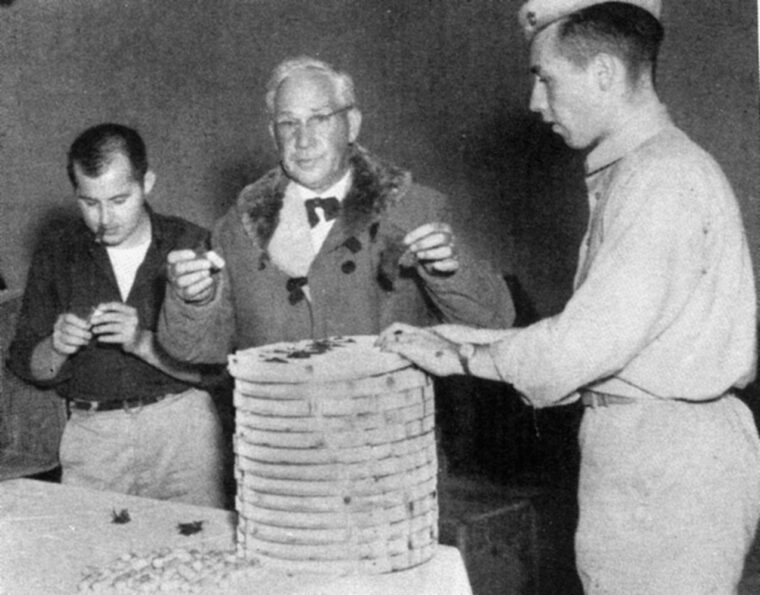
The Atom Bomb Kills the Bat Bomb
Unsure of the bat bomb’s value and stymied by bureaucratic nitpicking, the Air Force washed its hands of the project in 1943. An undaunted Adams forged ahead, chatting up everyone within earshot, desperate to keep his project going. At the urging of a Marine Corps officer who observed the tests, the U.S. Navy picked up the venture, labeling it with the sinister codename, Project X-Ray, and assigning it to the Marines for further research. That December, Adams’s team watched as their bats ignited multiple simulated fires at the Dugway Proving Ground outside of Salt Lake City, Utah. More testing was planned, followed by a production start date in May 1944, when one million incendiary devices would be created. After two years and $2 million in research costs, the bat bombs at last would be ready for war.
Behind the scenes, another military experiment was about to speed right past the bat bomb project. After a trip to Washington, D.C., a baffled Adams remarked to his team: “Some general I met regarding appropriations confused our secret project with another secret project that’s apparently going on somewhere. It’s the silliest nonsense you ever heard of.” That “nonsense” was the atomic bomb research then under way at Los Alamos, New Mexico. Years later, Couffer mused that “there was no point in fiddling with bats when they had something like the atomic bomb.” The Navy cancelled Project X-Ray in late 1944.
As the war progressed, the notion of using incendiaries to torch enemy cities continued, but in different form. American forces kicked off a series of firebombing raids on the Japanese mainland in March 1945. In his book Laboratory Warriors, Tom Shachtman paints a dramatic picture of the effects of an Allied firebombing raid on the Japanese mainland: “Three hundred bombers dropped 2000 ‘jellied gasoline’ incendiaries on Tokyo on March 9, 1945, specifically targeting the densely populated area of Shitamachi, with its lath-and-clapboard buildings and small ‘shadow factories’ that performed subcontract work for Japanese armaments firms. The resultant firestorm was larger than Dresden, consuming 16 square miles and killing more than 100,000.”
Following the war, the members of Adams’s team—research assistants, gangsters, lobster fishermen, weightlifters, and the rest—went their separate ways. Couffer, the high school student swept into Project X-Ray, became a successful Hollywood cinematographer, while Adams continued to pursue his lifelong efforts to invent contraptions to benefit the general public. In 1946, with the backing of the government, Adams jumped in an airplane and scattered synthetic grass-growing pellets over the Papago Indian Reservation in southern Arizona. His goal was to reseed and reforest tired or burned-out areas. Wrote Time magazine, “[Adams] looks forward to the time when his man-made bird-pellets will be used to reseed all Western rangelands every ten years.” It wasn’t as crazy or exotic an idea as the bat bomb—but then, what could be?
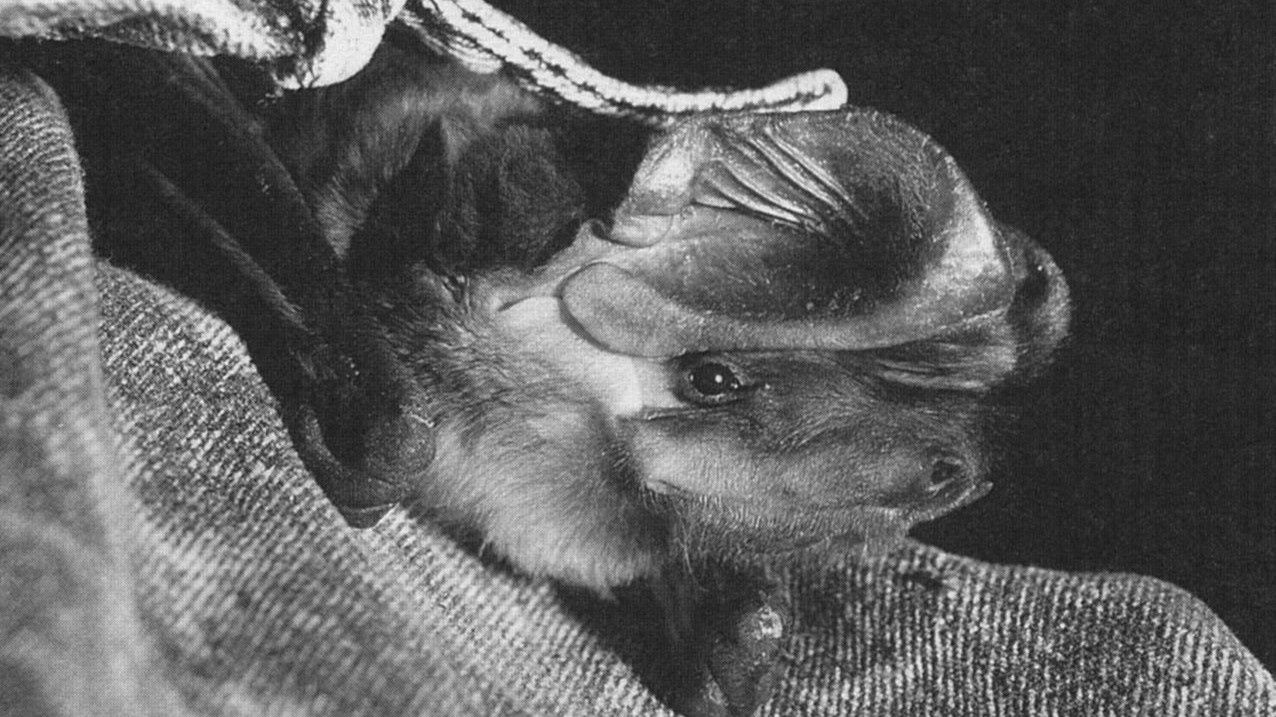
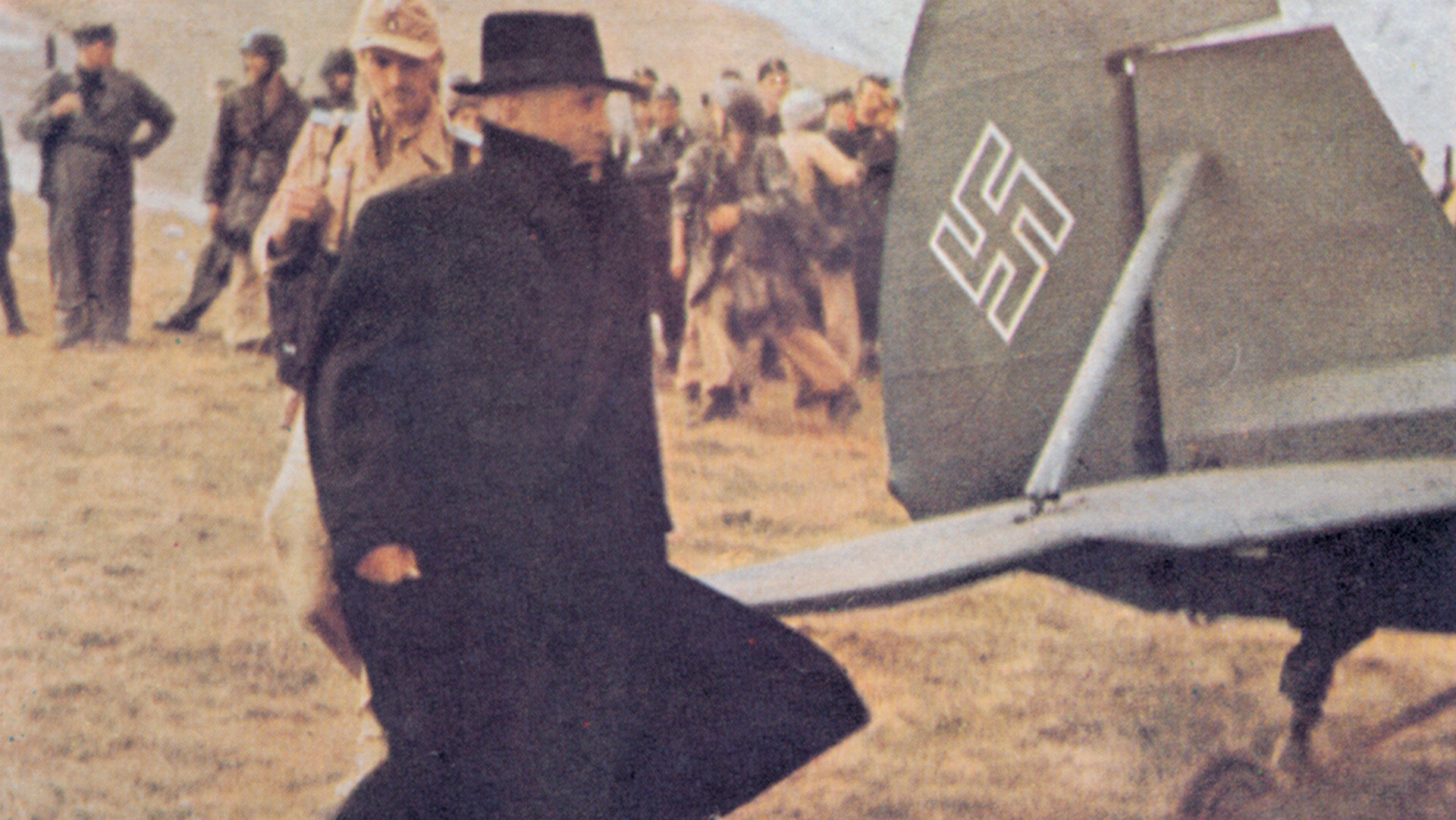
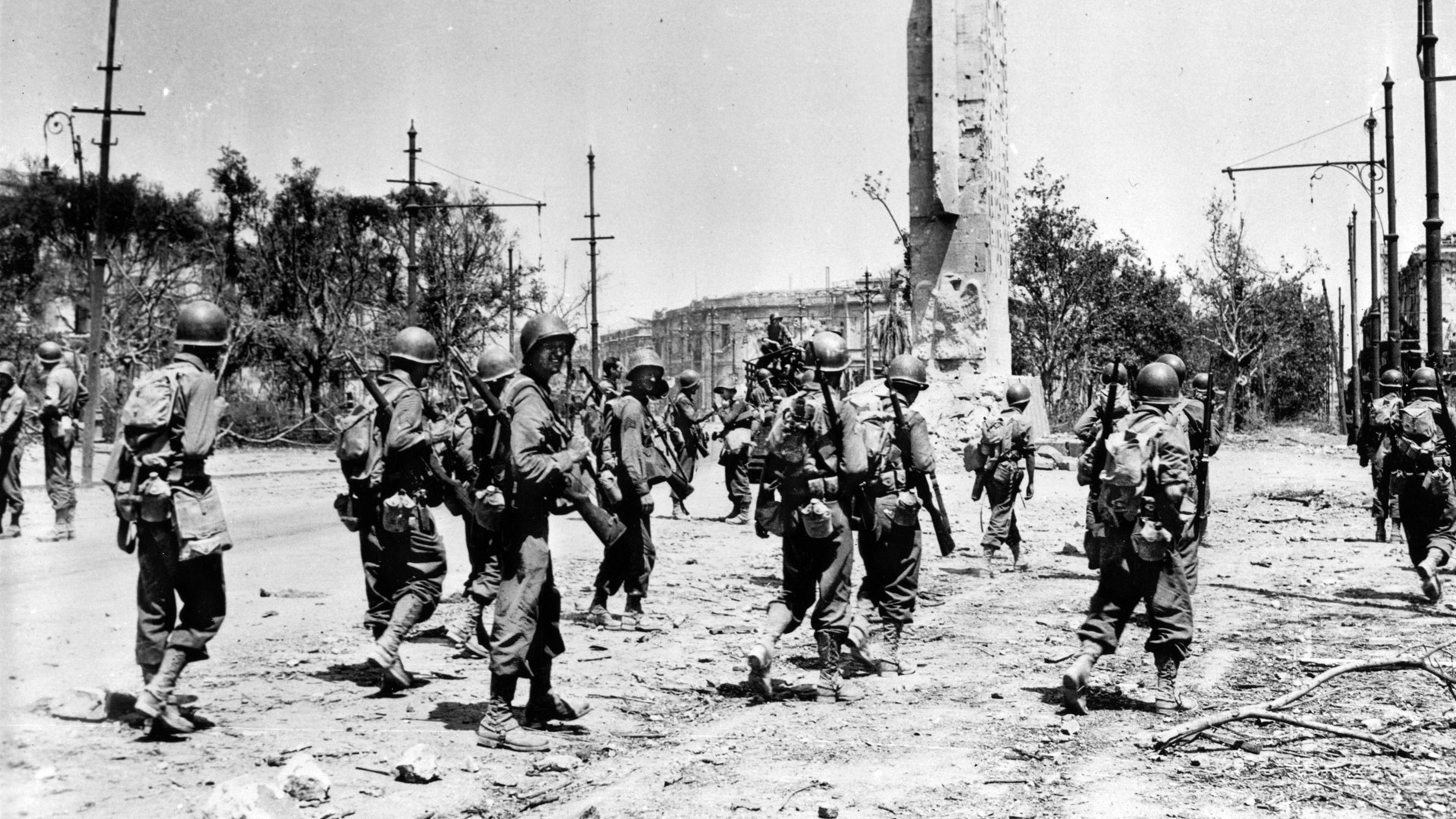
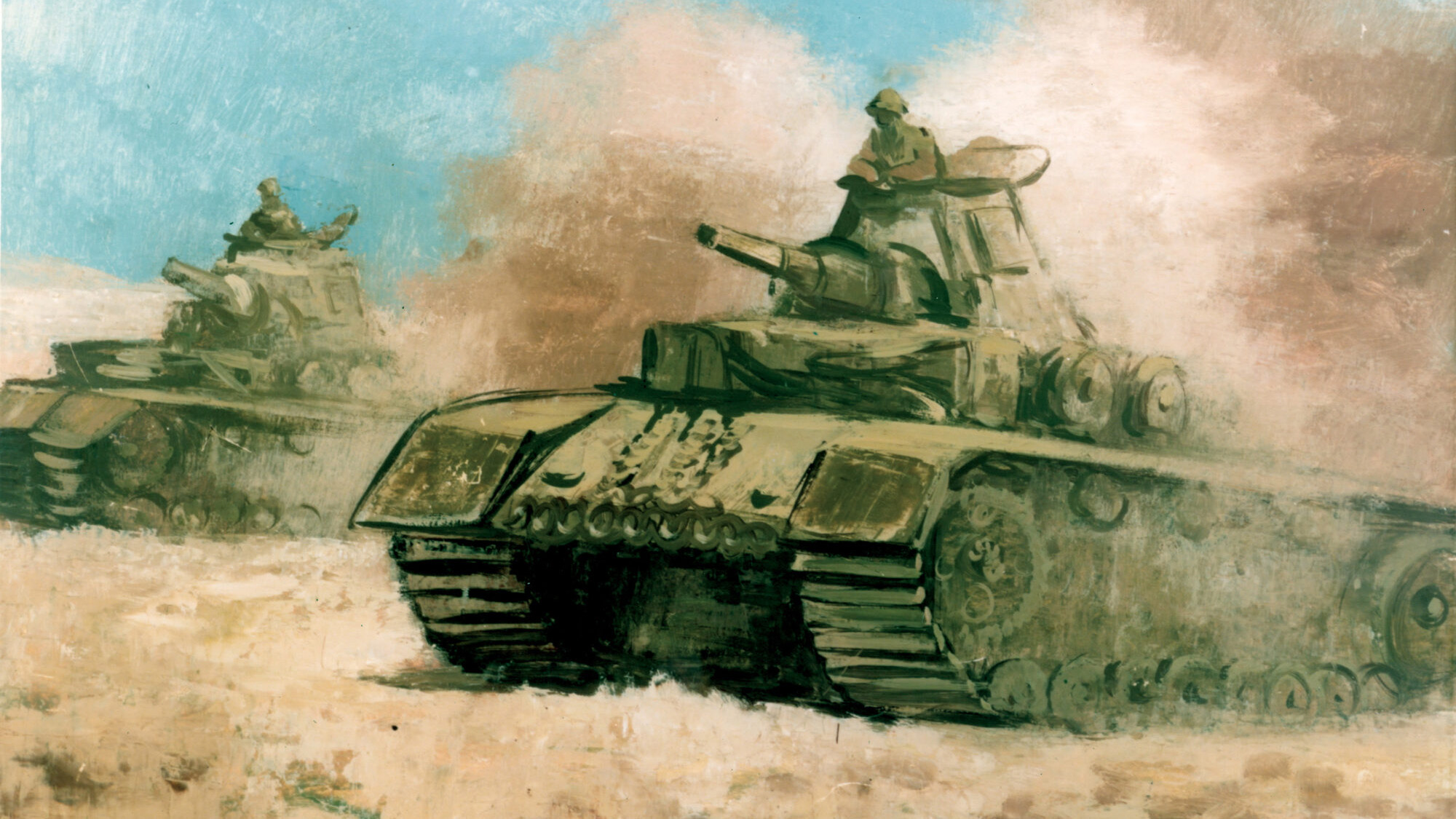
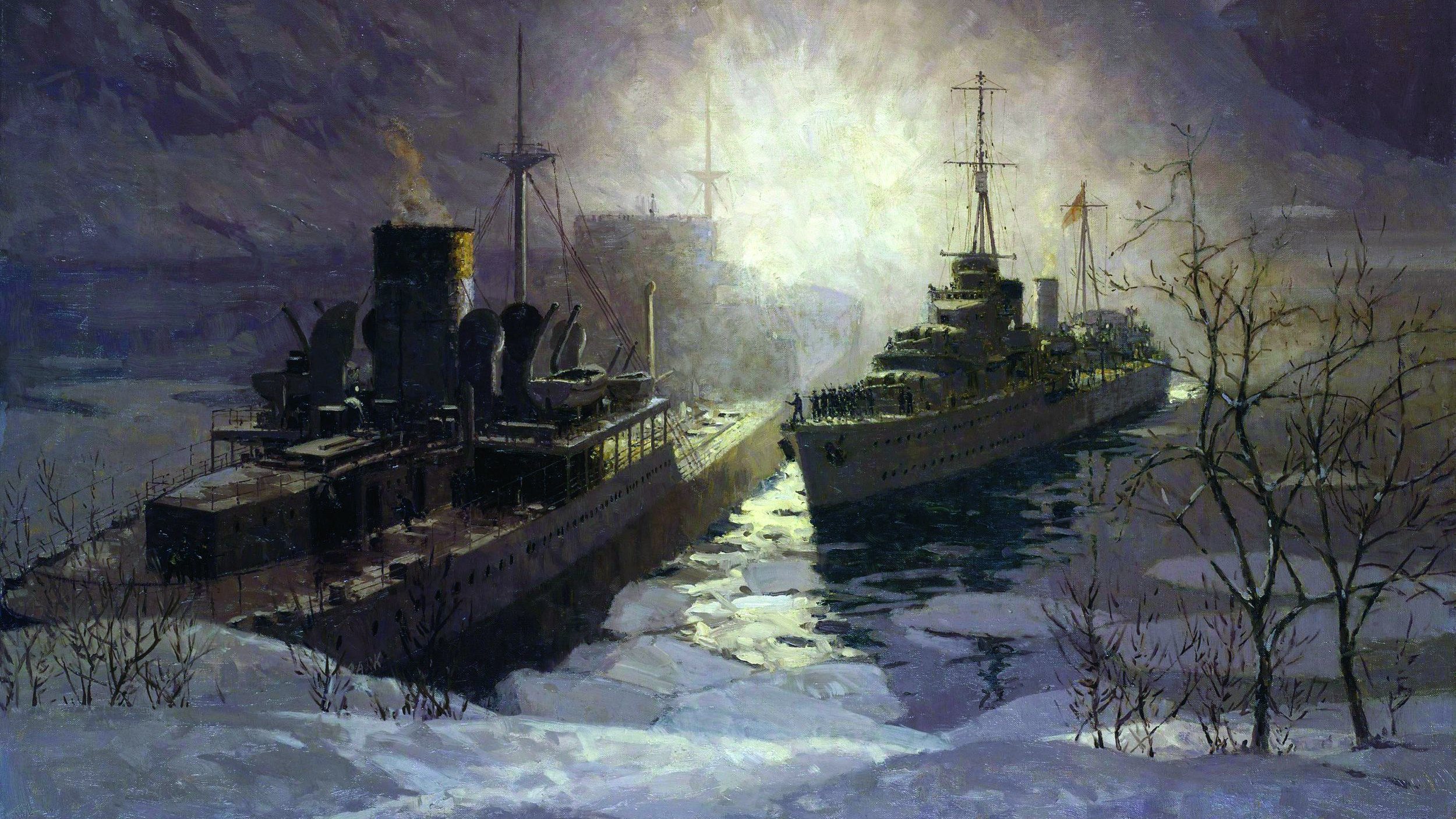
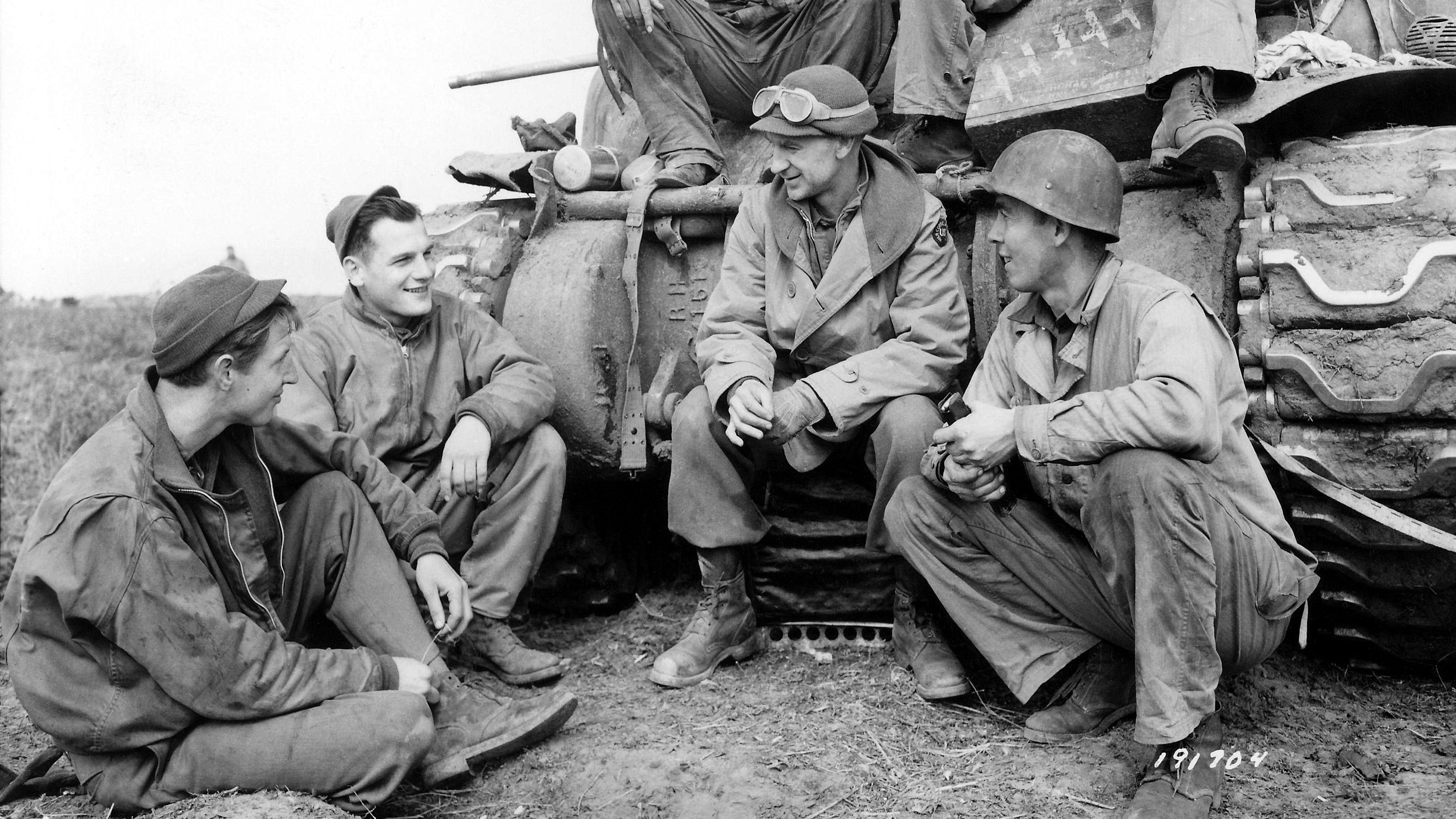
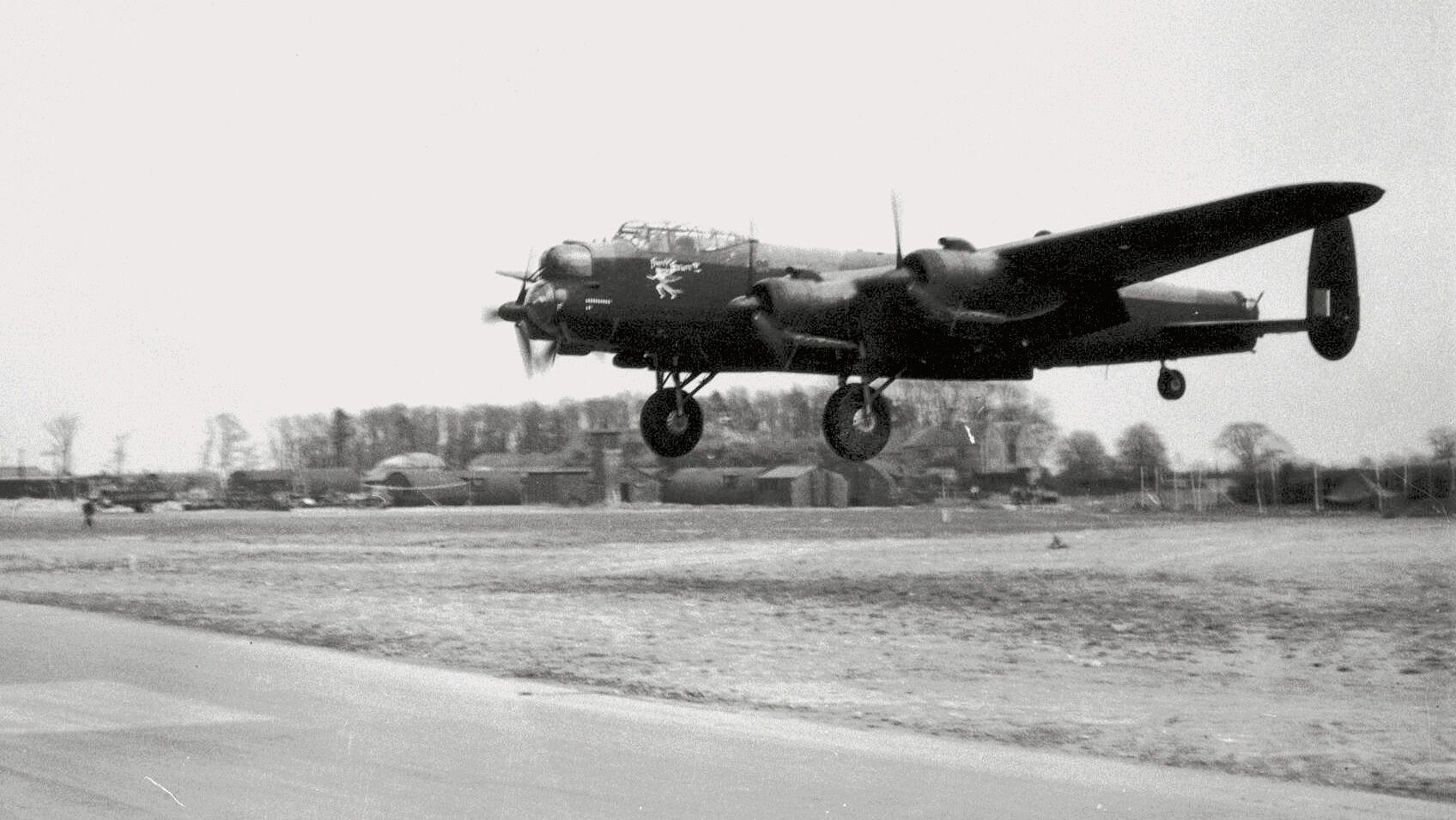
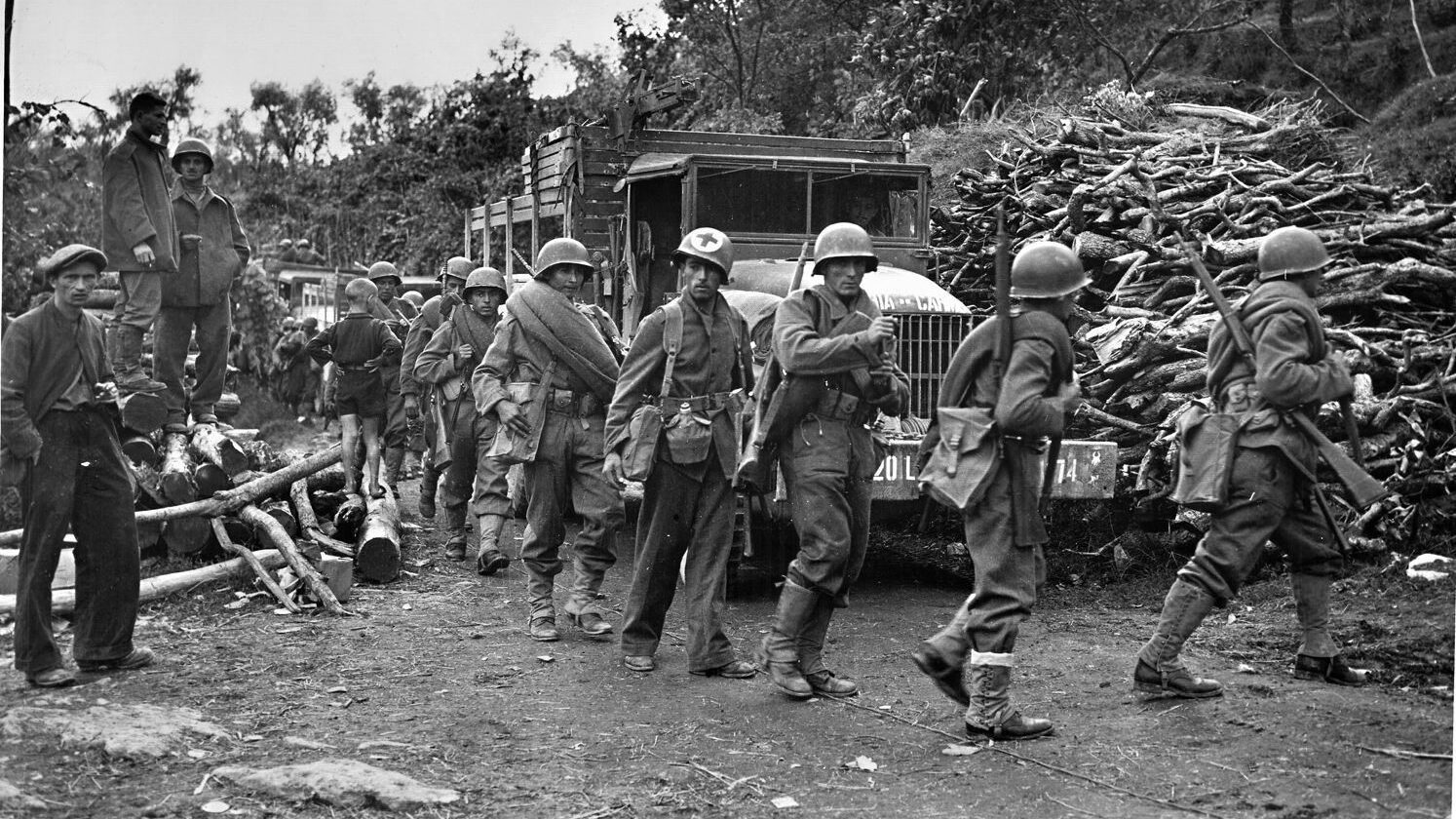
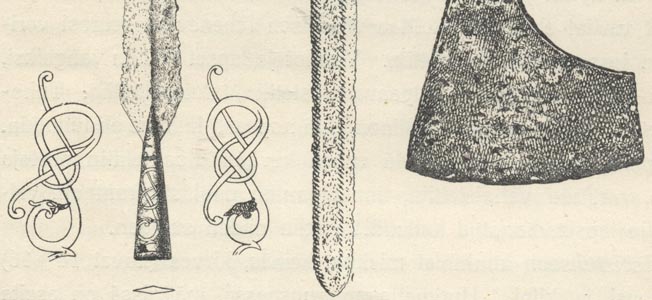
For those of you that may or not know. Our railroads did basically the same thing. They used hooks to snatch mail bags from small town depots so the train would not have to stop